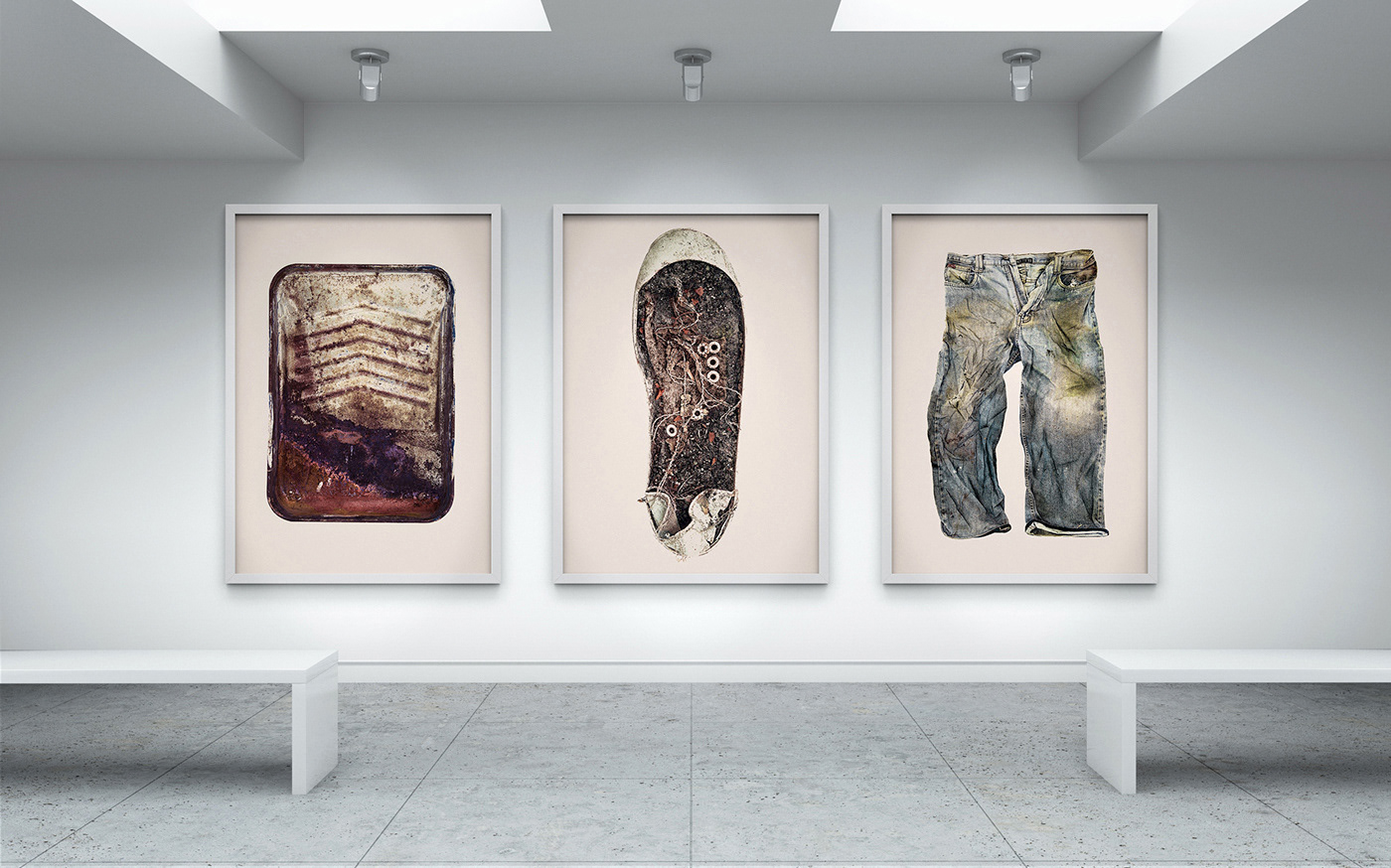
[en]
Wabi-Sabi. Imperfect Beauty.
Wabi-Sabi is "the¨ quintessence of Japanese aesthetics. It is the beauty of imperfect, changeable and incomplete things. It is the beauty of modest and humble things. It's the beauty of unconventional things.
In the Wabi-Sabi greatness exists in the small details, things so subtle that they are invisible to the ordinary gaze. The Wabi-Sabi incorporates time into objects. The time lived leaves a mark on things by giving them a story, a story. Wabi-Sabi things are made of materials that are visibly vulnerable to the effects of time and human treatment. They record the sun, wind, rain, heat and cold in a language of discoloration, rust, stains, twisting, shrinking, withering and cracking.
Wabi-Sabi things are indifferent to conventional good taste. As a result, Wabi-Sabi things often seem strange, irregular, imperfect or what many people consider ugly. They are rich in textures, in tactile sensations and have a vague, blurred or attenuated quality, just as things happen when they approach nothingness. Simplicity is in the essence of wabi-sabi things. Nothing, obviously, is maximum simplicity.
In the West we have been trained to seek perfection, we try to eliminate failures and we aim to conquer perfection. We associate imperfection with a negative feeling. Meanwhile, beauty dies in perfection. There is no possible evolution from it. Imperfection, however, is full of life, it is exactly the mark that life is leaving on things and as such, it is full of stories of passions and emotions that give it warmth and character.
In the objects there is also a whole trajectory that is formed with the uses and abuses that we make of them, when we use the objects they suffer the deterioration of the use and that deterioration far from being an imperfection for the Japanese is a virtue, it gives them life own, gives them personal history and therefore wealth. All the stories are interesting and beautiful precisely because they have been lived, because they are open because they have one way traveled and another to travel.
All things are imperfect. Beauty dies in perfection.


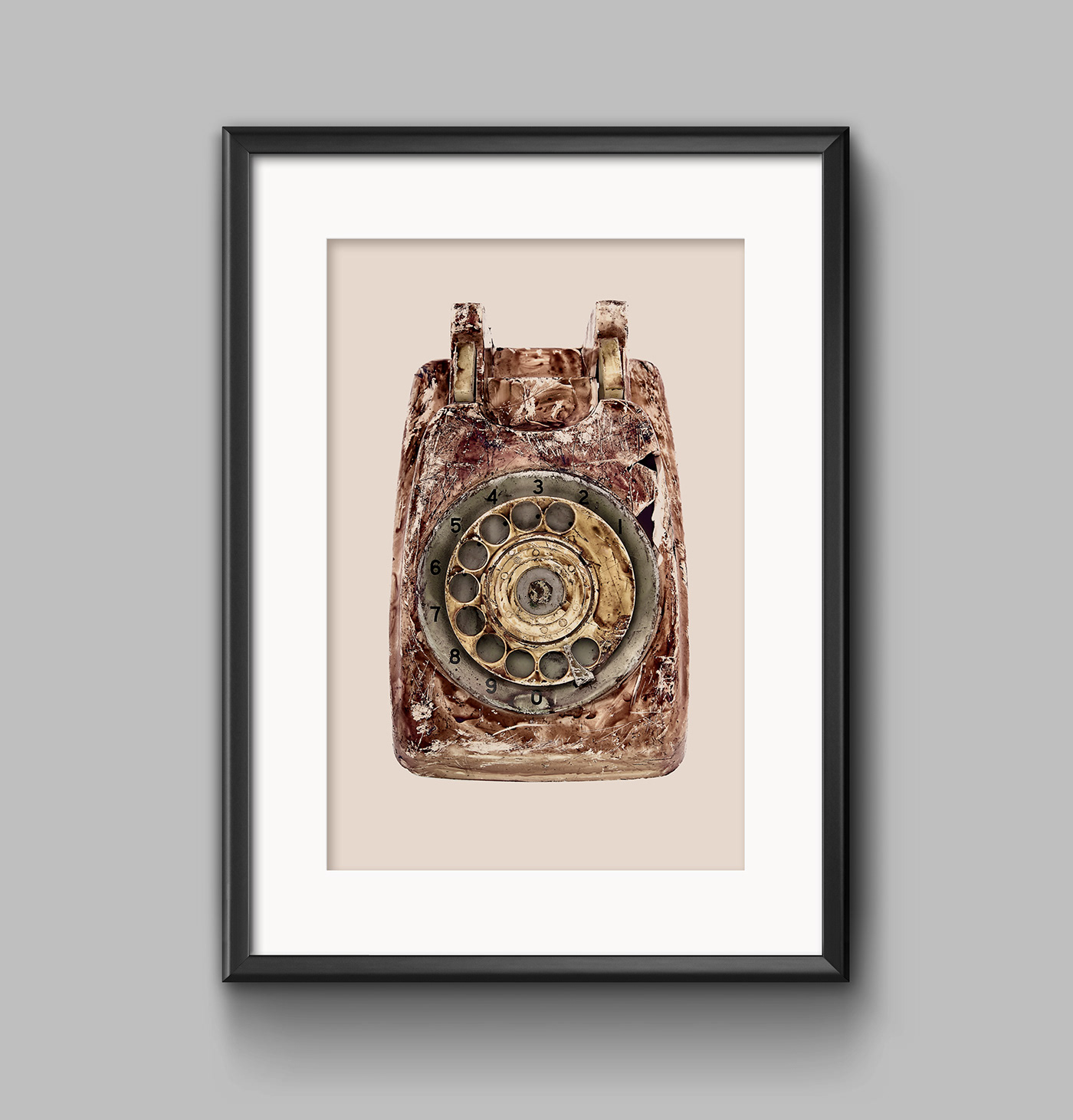
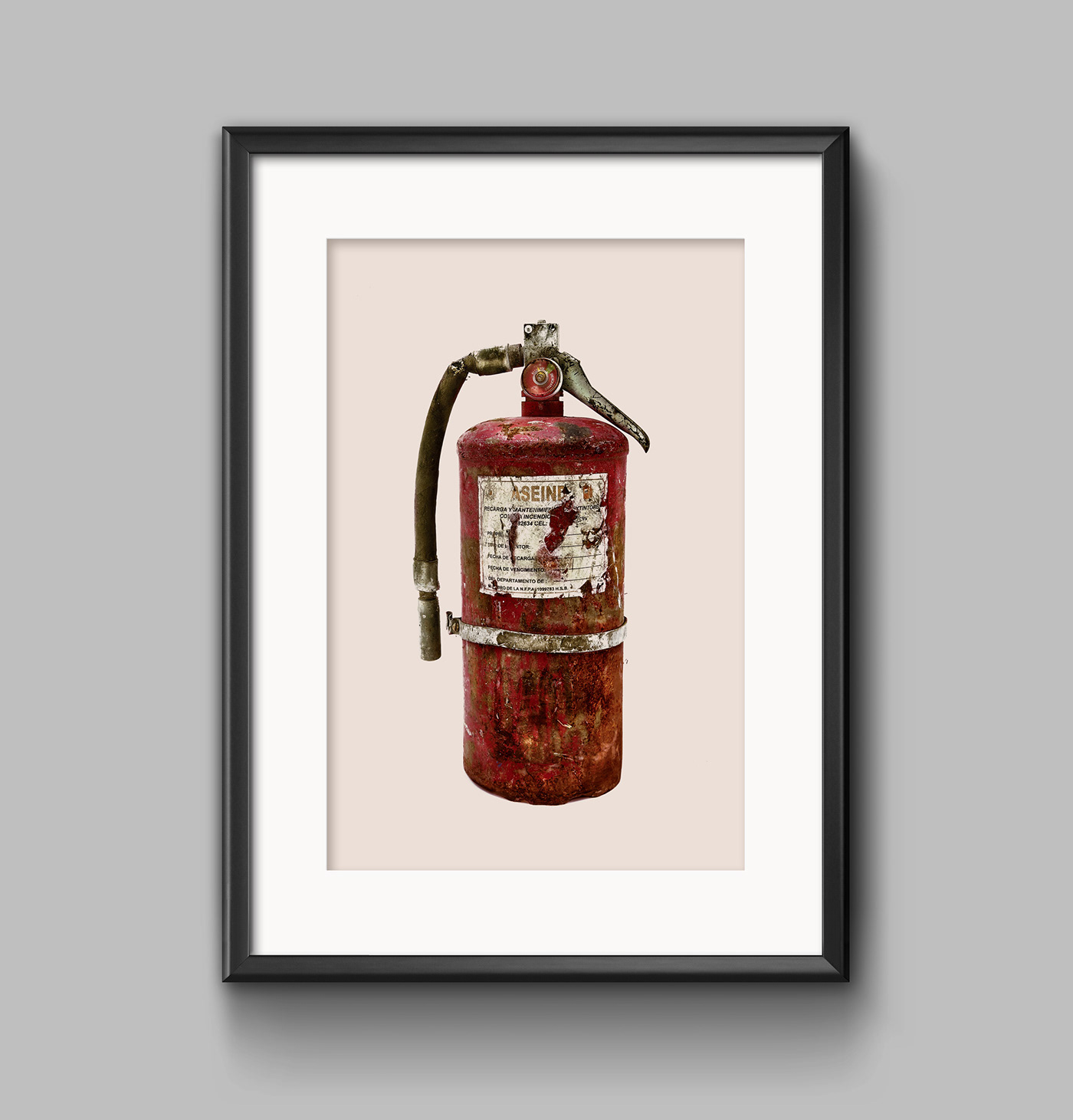







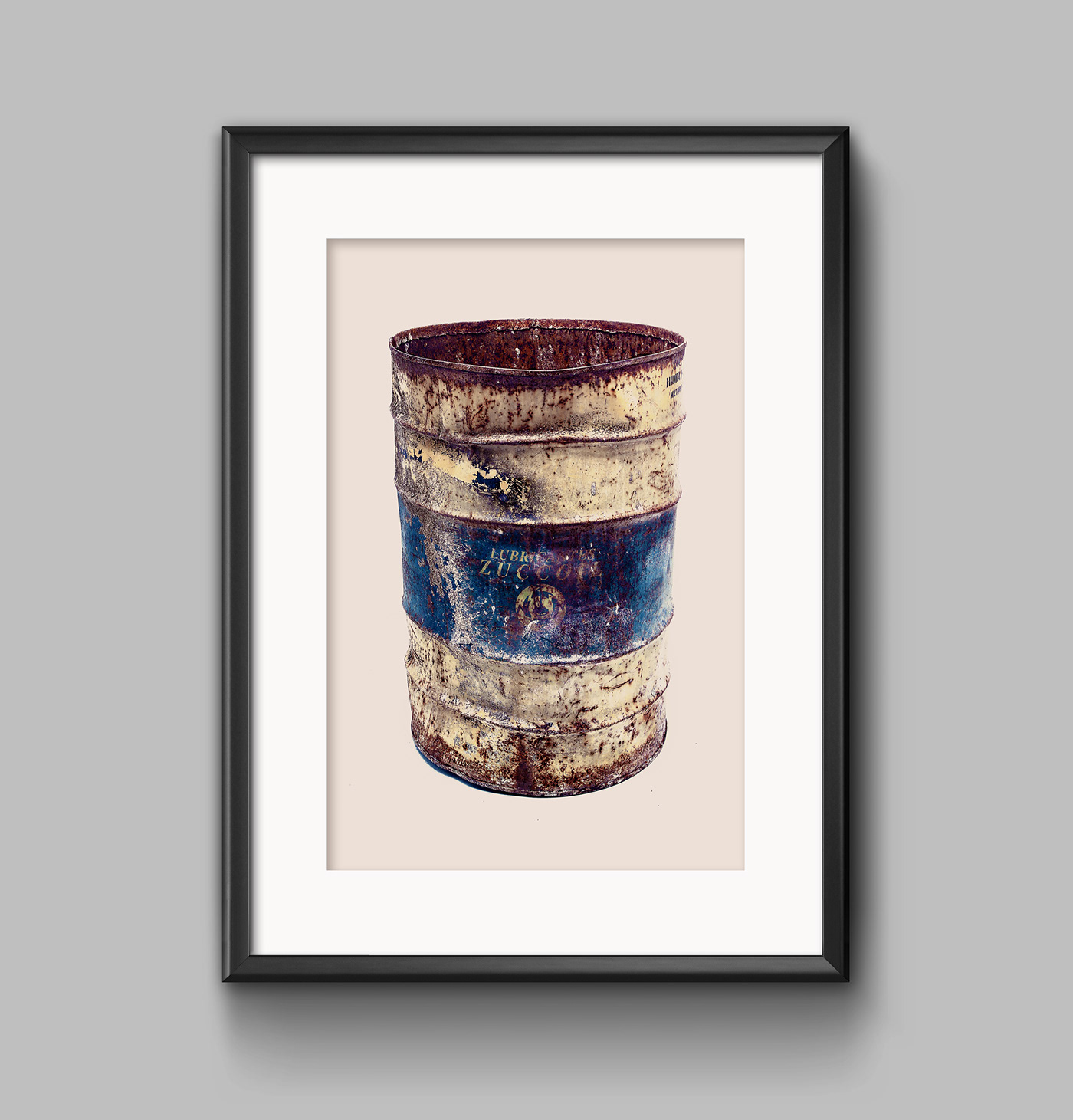


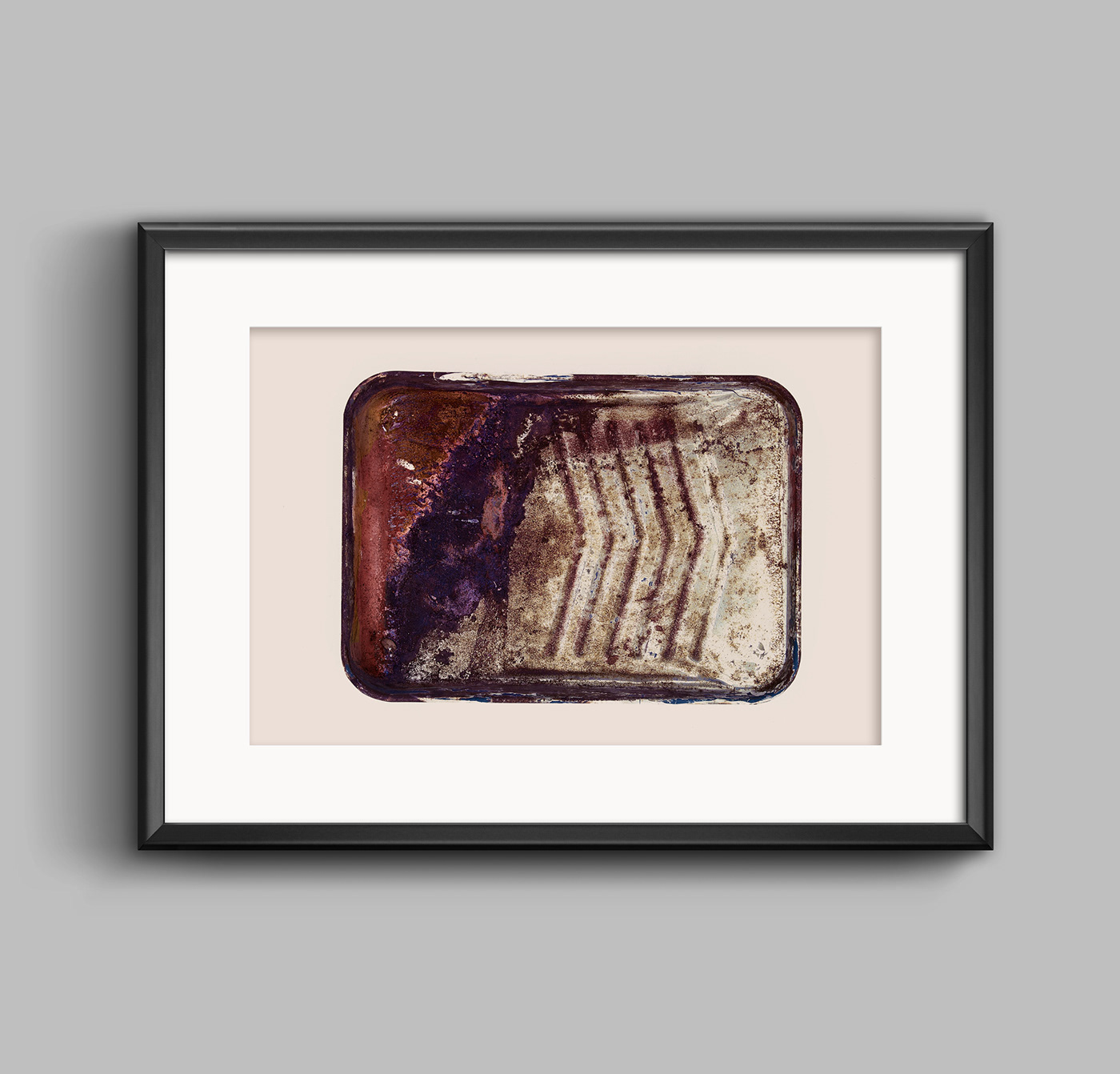
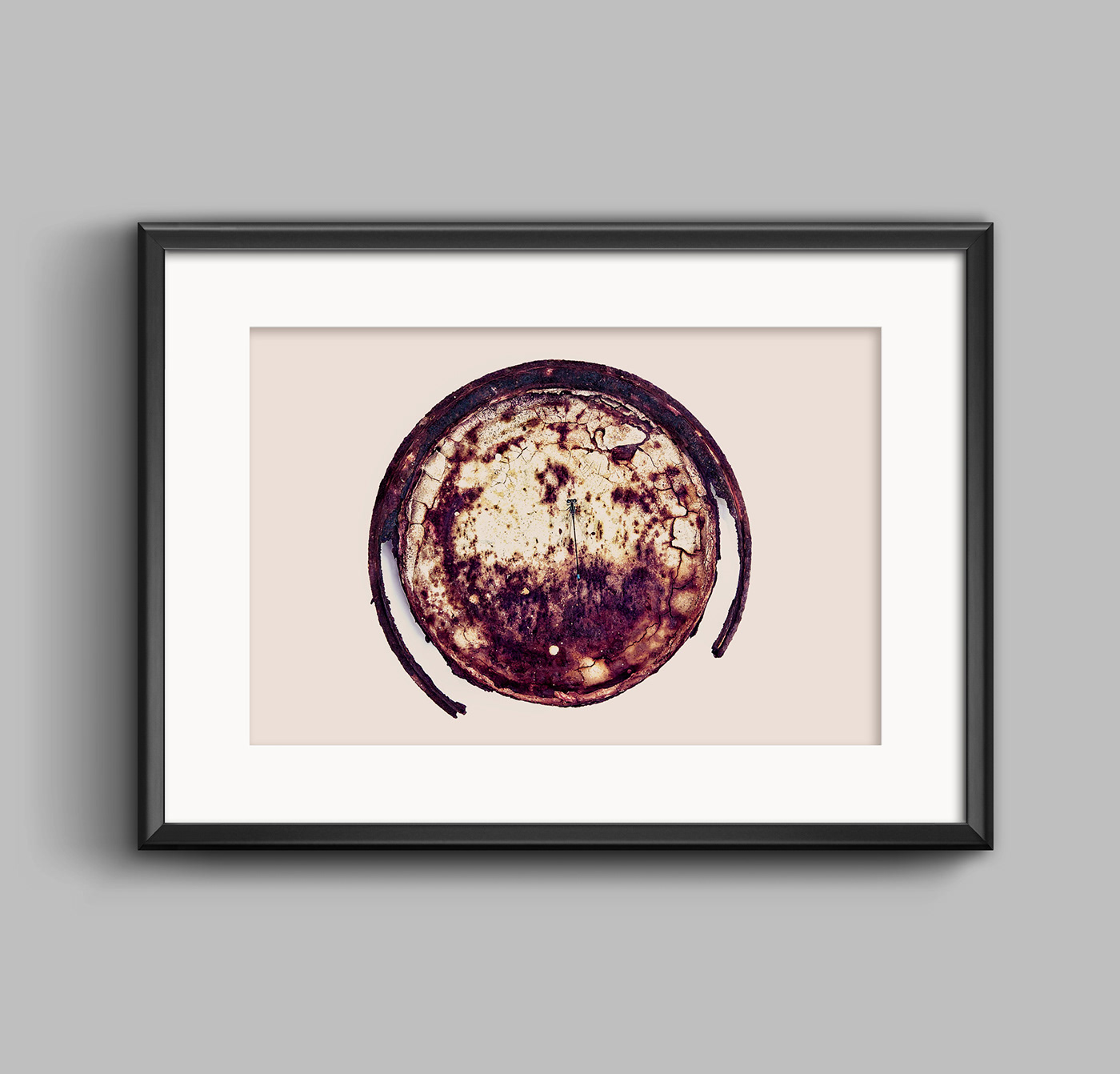



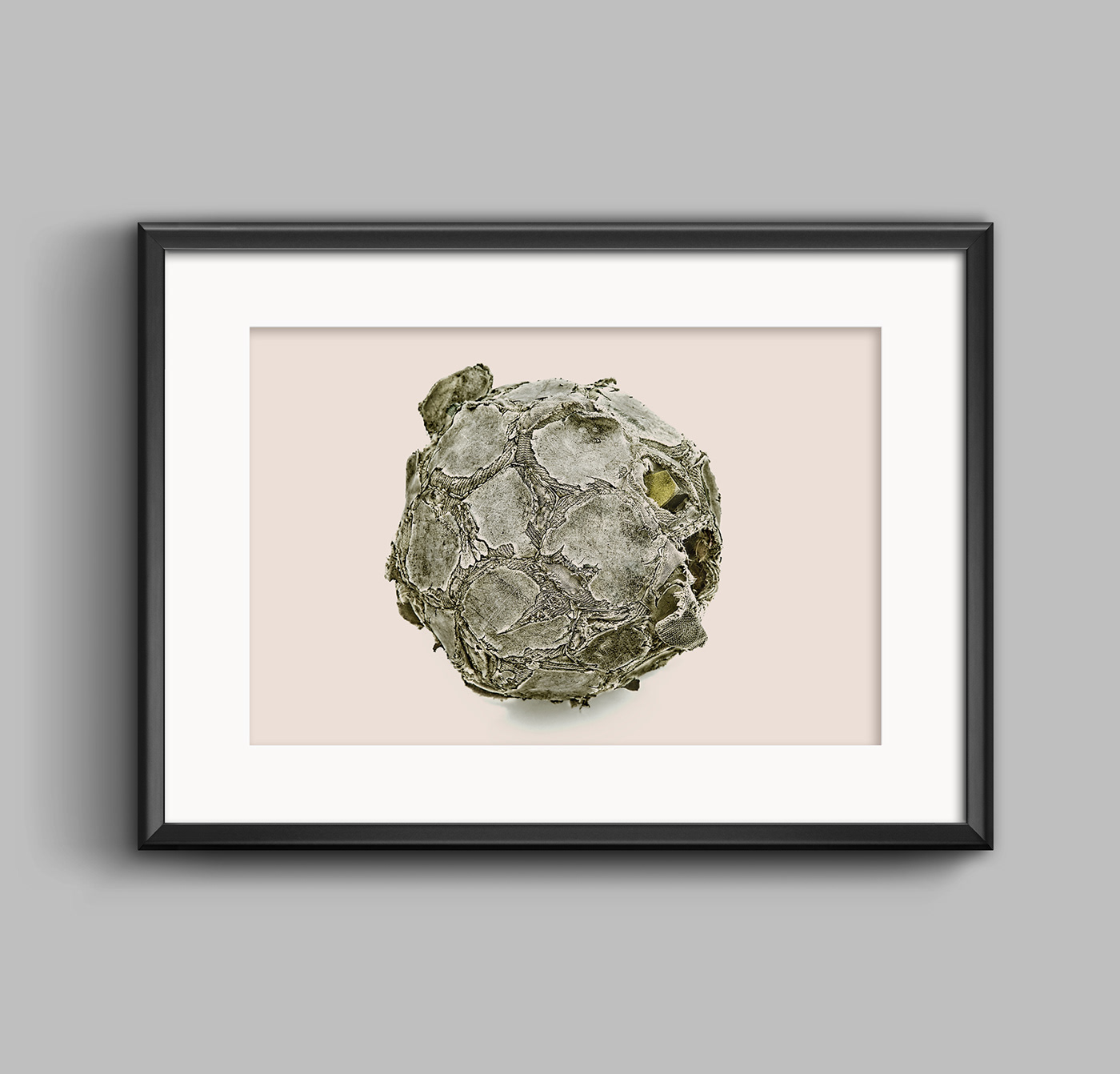


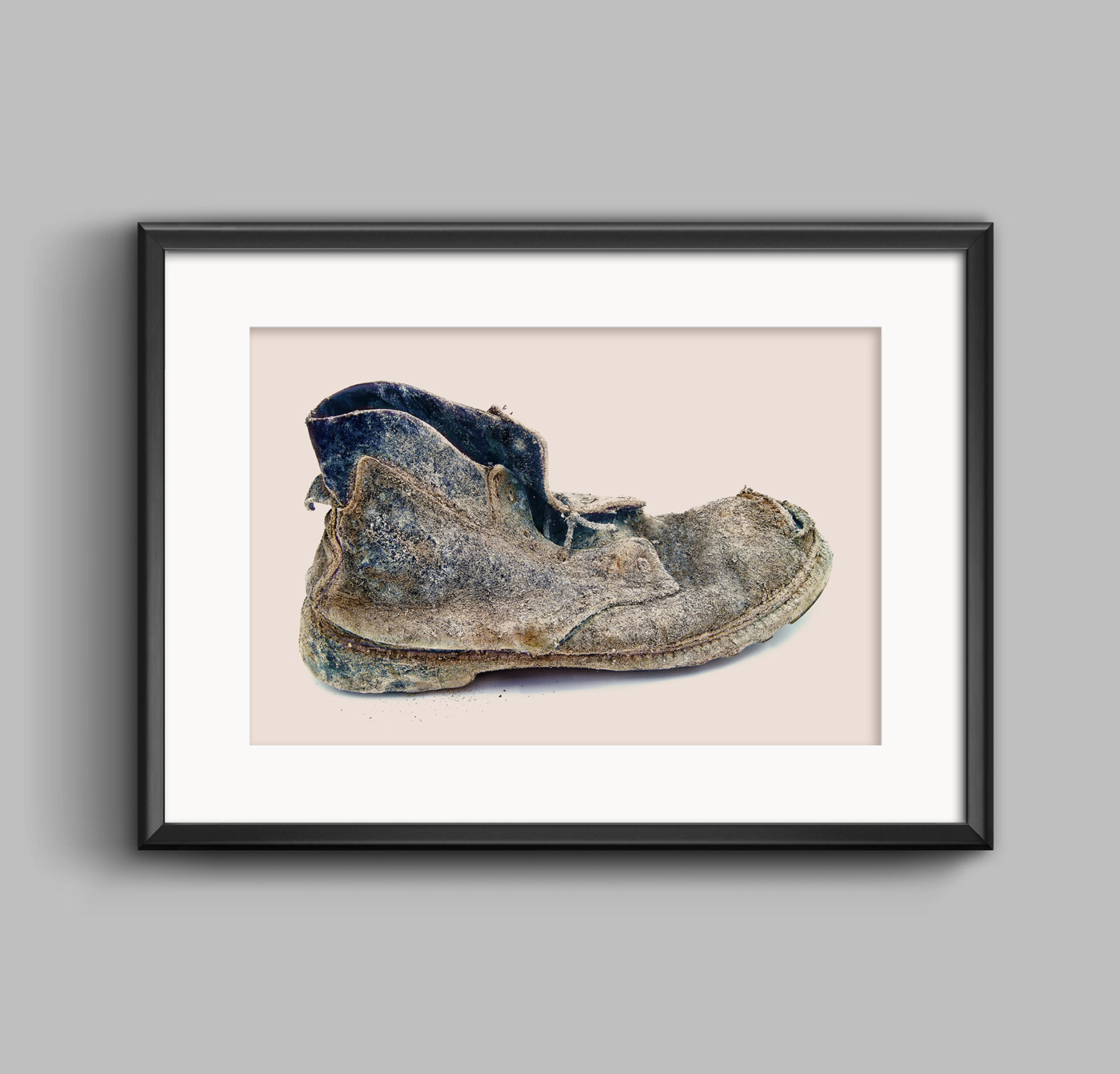
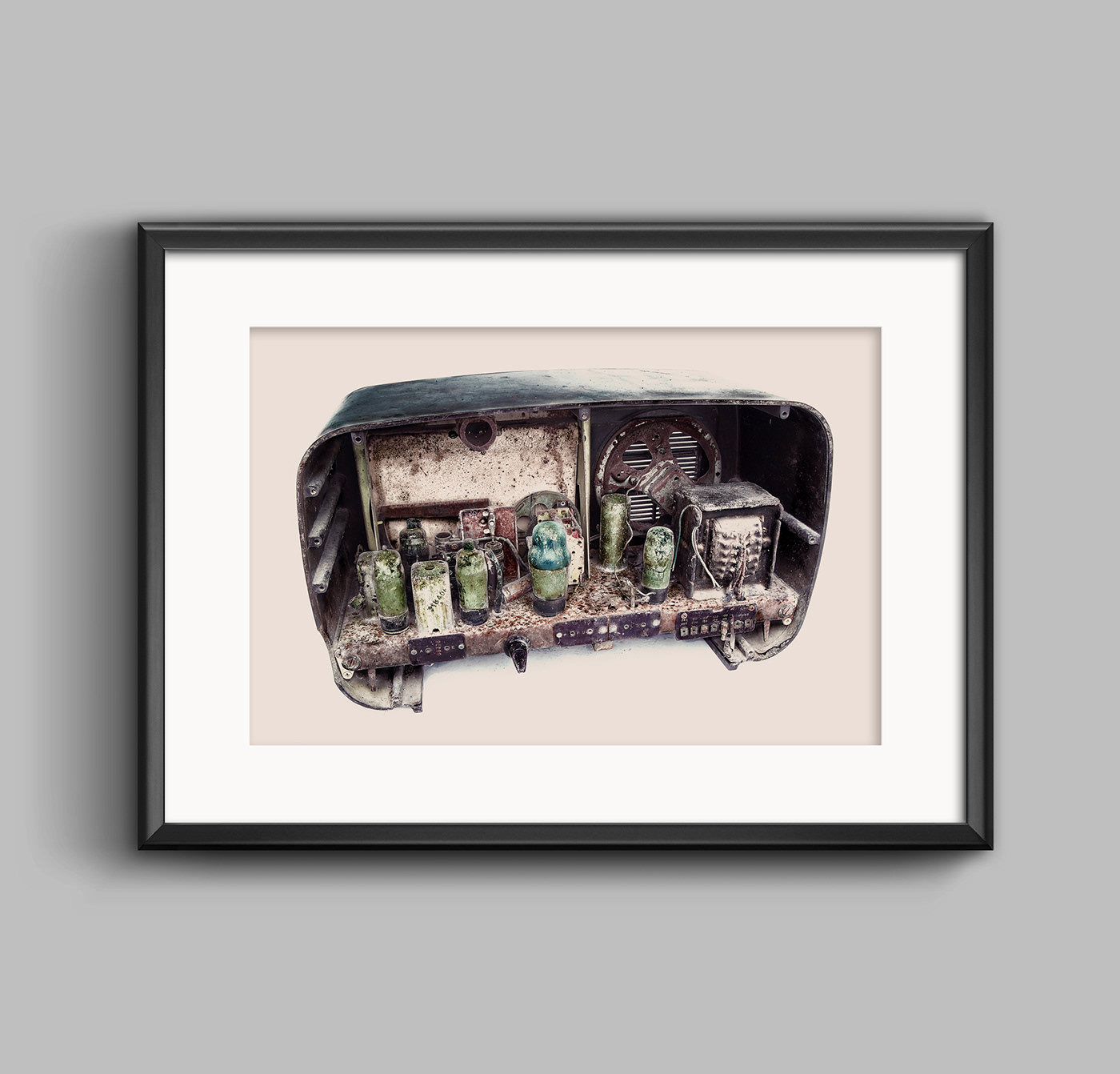
[es]
Wabi-Sabi. La belleza de la imperfección.
Wabi-Sabi es "la" quintaesencia de la estética japonesa. Es la belleza de las cosas imperfectas, cambiables e incompletas. Es la belleza de las cosas modestas y humildes. Es la belleza de las cosas no convencionales.
En el Wabi-Sabi la grandeza existe en los detalles pequeños, cosas tan sutiles que resultan invisibles para la mirada ordinaria. El Wabi-Sabi incorpora el tiempo en los objetos. El tiempo vivido deja una huella en las cosas al darles una historia, un relato. Las cosas Wabi-Sabi están hechas de materiales que son visiblemente vulnerables a los efectos del tiempo y del trato humano.
Las cosas Wabi-Sabi son indiferentes al buen gusto convencional. Como resultado, las cosas Wabi-Sabi a menudo parecen raras, irregulares, imperfectas o lo que mucha gente considera feas. Son ricas en texturas, en sensaciones táctiles y tienen una cualidad vaga, desdibujada o atenuada, tal como les pasa a las cosas cuando se acercan a la nada. La simplicidad está en la esencia de las cosas Wabi-Sabi. La nada, obviamente, es la simplicidad máxima.
En los objetos hay también toda una trayectoria que se forma con los usos y abusos que de ellos hacemos, cuando utilizamos los objetos estos van sufriendo el deterioro del uso y ese deterioro lejos de ser una imperfección para los japoneses es una virtud, les da vida propia, les aporta historia personal y por tanto riqueza.
Todas las cosas son imperfectas. La belleza muere en la perfección.
Concept - Photography - Post Production : Luciano Koenig Dupont
